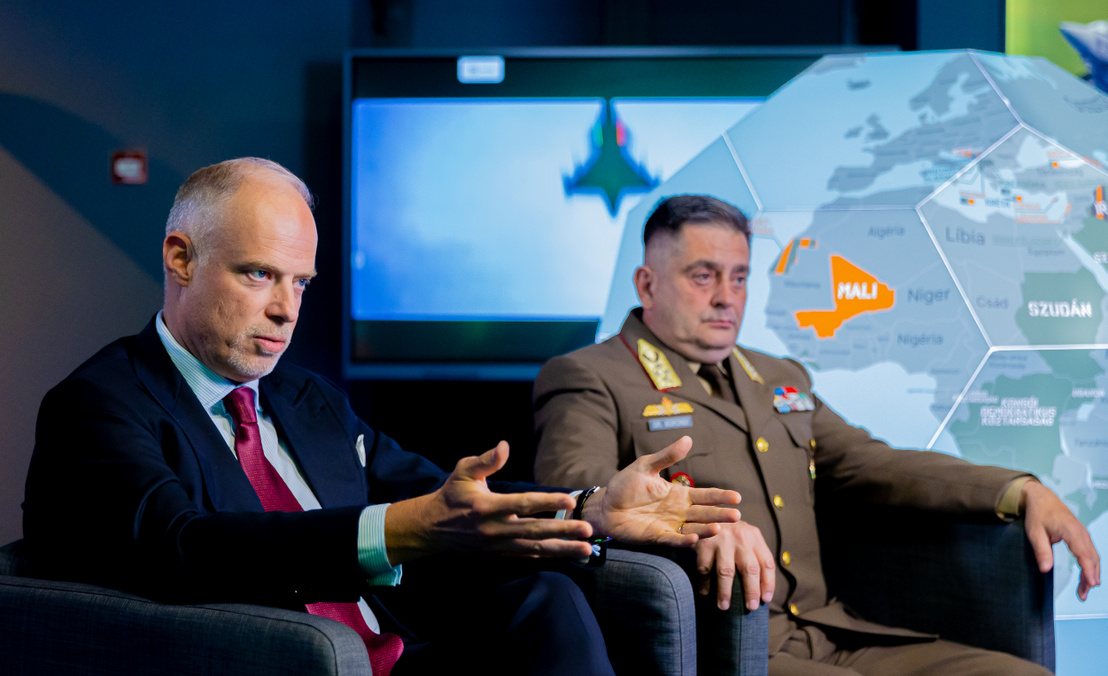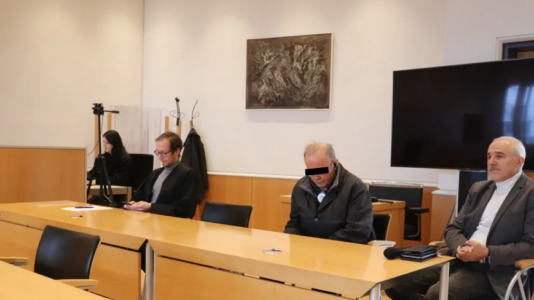NATO set a goal in 2014 for member states to spend 2 percent of their GDP on defense, although only three countries were spending this amount at the time and many have still not met this requirement. As of today, only two Baltic states have increased their defense spending more than Hungary in the past 10 years, notes Világgazdaság.
In fact, Budapest has increased its military spending (calculated in 2015 dollars) by 225 percent, surpassed only by Lithuania (325 percent) and Latvia (315 percent), according to Statista data.
As a ratio of GDP, Poland spends the most on defense, 4.1 percent of its output, which even exceeds the United States’ 3.4 percent. Hungary spends 2.1 percent of GDP.
Nine member states of the alliance still do not meet the 2 percent threshold: Italy, Spain, Portugal, Canada, Belgium, Luxembourg, Slovenia, Croatia, and Iceland.
Iceland is a NATO member but does not have its own army. The alliance’s newest members, Sweden and Finland, which joined in the past two years, both meet the defense spending requirements.
U.S. President Donald Trump has indicated he wants countries to spend 5 percent. Many have countered that this is simply not feasible. However, in the wake of Russia’s invasionof Ukraine, many countries have also been determined to up their defenses out of fear of further Russian aggression.






